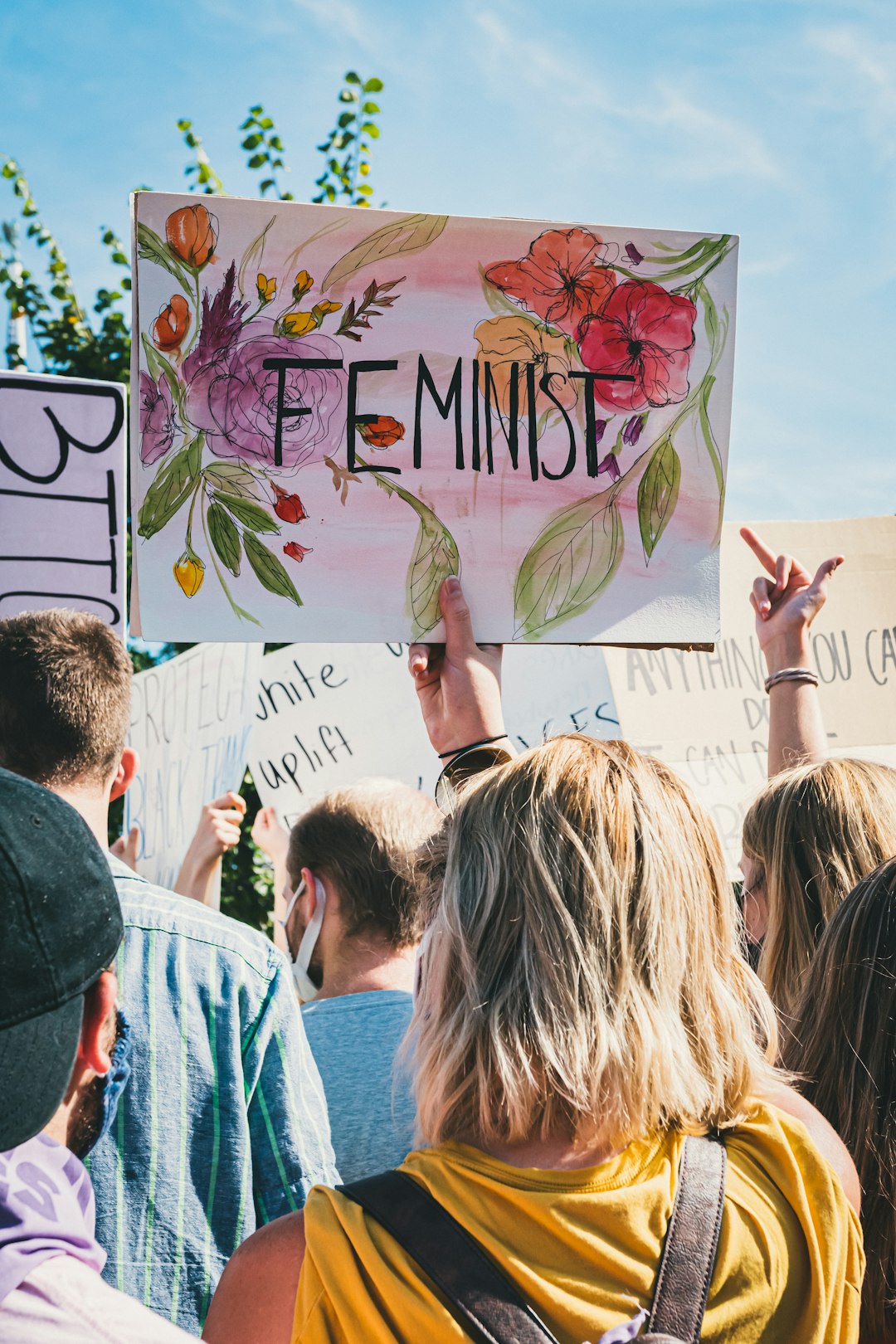What is online feminism now?
The end of Roe v. Wade is coming at an uncertain time for feminism as we know it.
Embedded is your essential guide to what’s good on the internet, from Kate Lindsay and Nick Catucci.
I wrote this one, obviously. —Kate
As a prompt in-bed-by-10pm-er, I learned the news about the Supreme Court’s likely overturning of Roe v. Wade when I looked at my phone the next morning and had a text from the Democratic Party asking me for $15 because of it. I wasn’t shocked—we were given all the clues that this was going to happen. But I still felt lost. Lost, not just because everything is so overwhelming all the time, but because I didn’t really know who or what to turn to for support.
In my corner of the internet, online feminism feels like it’s in a particularly fractured state. I first entered the conversation when it was in its Parks and Rec, “uteruses-before-duderuses” phase, and joined the workforce in the age of the girlboss. The former is now too simplistic and dated, the latter rightfully imploded. I have no idea what comes next.
Today, the online feminist vibes are decidedly off: The sisterhood that formed during West Elm Caleb saga resulted in a coordinated harassment campaign. Girlboss NFTs are as bad as they sound. Headlines like this and memes like this frame current events as something women can only understand through the lens of clapping back at men.
I’m not alone in being a hater of all this, but it doesn’t necessarily feel productive, and certainly doesn’t feel like progress: I’m rolling my eyes at fellow feminists for being cringe on main while the Supreme Court is taking away our rights.
The problem is that I’m looking for a conveniently packaged, digitally accessible version of feminism in the first place—a desire leftover from a time period when I used to think things were simple. If a woman did it, it was feminist. The biggest mainstream controversy used to be whether or not Taylor Swift would use the word to describe herself. But the 2016 election, in particular, was a wake-up call for liberal white women that their fellow white women could be bad, too.
And then there was a pandemic. People were dying. I was delivering food to neighbors who lost jobs or didn’t feel safe going to the supermarket. It became easy to convince myself that there were so many problems more important than my own equality, until I woke up one morning and the Supreme Court was about to grant me fewer rights than my mother and grandmother.
Feminism for viral consumption was always flawed and reductive. I’m angrier at capitalism than I am at men. Many women with the means will be able to secure a safe abortion post-Roe (but not always, and not in an ideal situation).
The alternative to all this might look like a collection of smaller digital communities that inspire you. I saw that in a video from Dylan Mulvaney, a TikTok creator documenting her transition, and who talks about entering womanhood during this particularly fraught moment.
“If I’ve learned anything about girlhood, it’s about taking care of each other,” she says, explaining her empathy for women losing the right to abortions, despite the fact that she's not able to get pregnant herself. “I’m seeing this parallel between transness and a woman’s right to choose, because ultimately we’re all just trying to get permission over our bodies to do what we see fit.”
Looking at it that way, I didn’t feel fractured or isolated at all. Rather than flattening feminism, the new internet has broadened it. My feminism may not be exactly your feminism. True feminism can’t fit in a viral tweet or on a tote bag, and we’ve never had more digital resources to do it justice.




